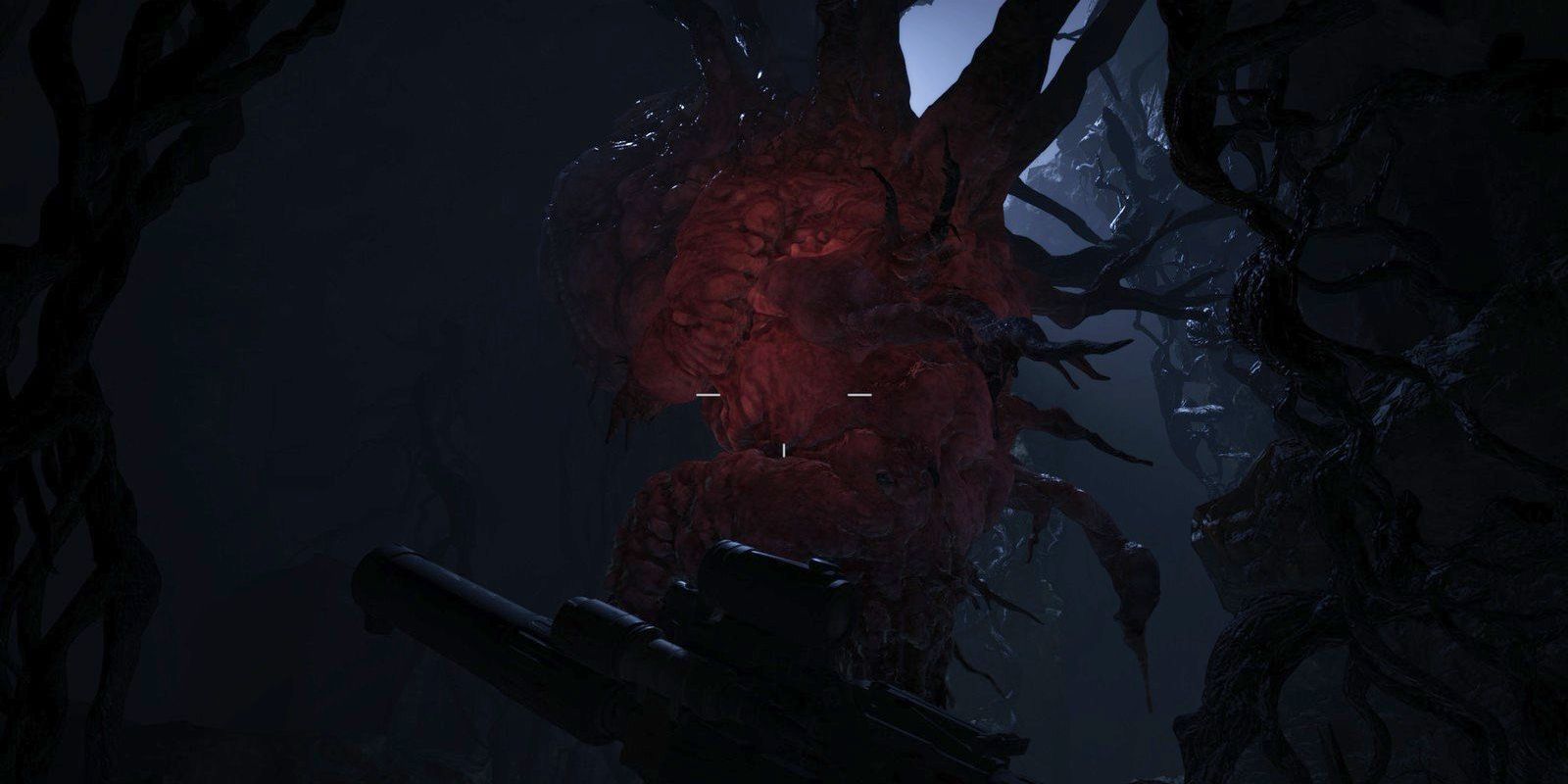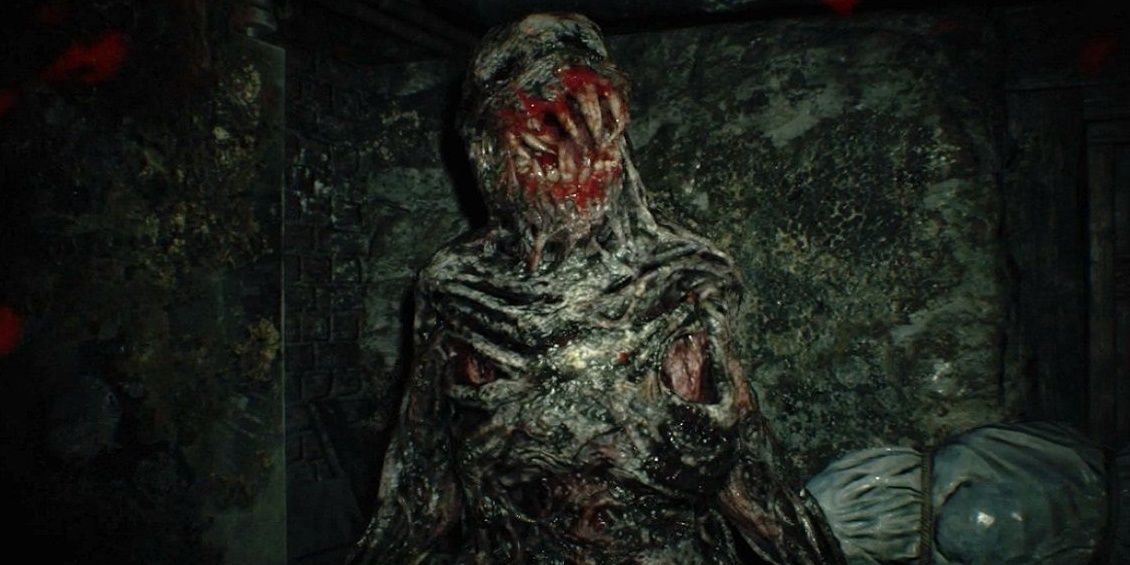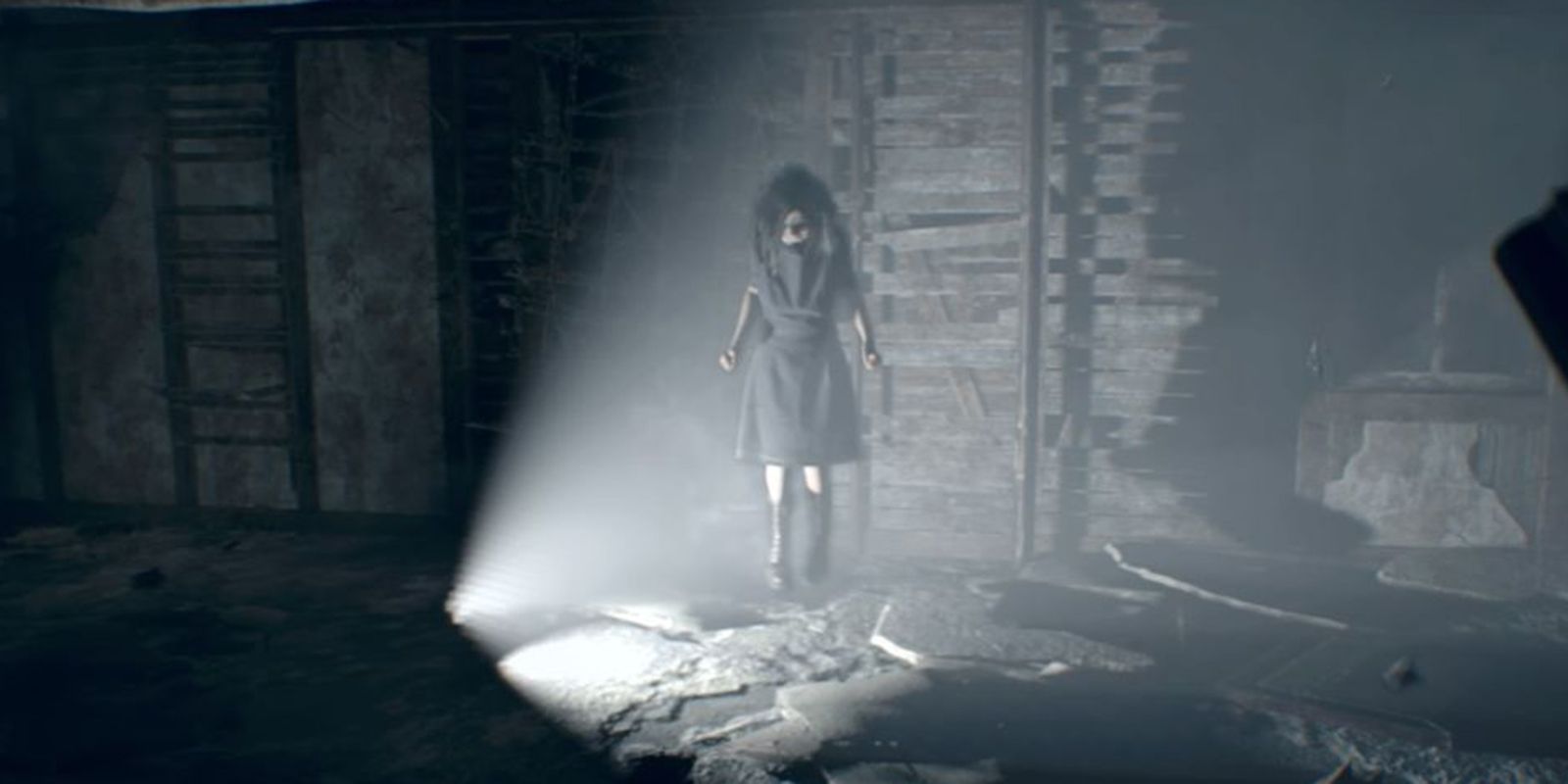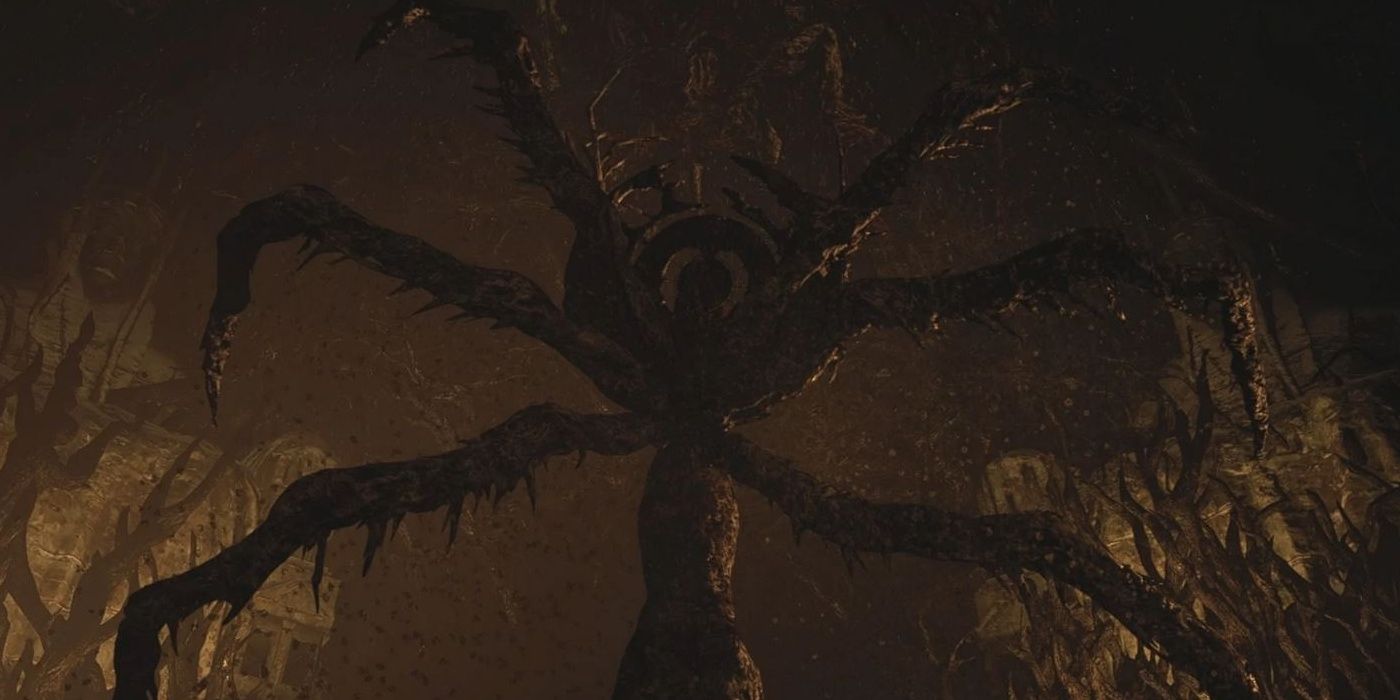Quick Links
- Where Did The Mold Come From?
- How Can The Mold Make Monsters?
- How Is The Mold Controlled?
- Can The Mold Be Destroyed?
While the Resident Evil series is full of bizarre, terrifying creatures, it's important to remember that those creatures all originated from real-life concepts. The t-Virus was born of retrovirus research, Las Plagas was a revived species of parasitic arthropod, and the Mold is, well, mold. Keeping this in mind gives us an idea of how these malignant agents create the monsters that they do, as well as how they function beyond that.
In the case of the Mold, while some of its functions and abilities can seem overtly supernatural, they do have a basis in at least some degree of real science. Understanding the process behind those functions can help make the unusual monsters that originated from it seem at least a little more sensible, at least within the bounds of the Resident Evil universe.
Where Did The Mold Come From?
The origin of the capital-M Mold we know in the Resident Evil series can be traced back to a single supercolony located in a cavern system beneath a village in Eastern Europe. Anyone who's ever had water damage in their home knows that mold can spread quickly in the right conditions, but based on the sheer volume of mold that dwells within these caves, it's possible that it had been growing down there for at least a millennium. Around the 15th century, an ancient society took up residence in these caves, though after a period, they all disappeared, more than likely having been absorbed into the Mold's biomass.
On its own, the Mold isn't an outright malevolent force. It's just a fungus, doing what fungi do; finding a comfortable spot and spreading itself out to feed. Of course, the same could be said for the original forms of the t-Virus and Las Plagas. The problem isn't the Mold itself, but what bad actors made use of it for. Specifically, in 1919, village local Miranda entered the cave system seeking suicide after losing her daughter Eva to the Spanish Flu. It was here that she accidentally discovered the Mold and its miraculous abilities, resolving to use them to return her daughter to life.
How Can The Mold Make Monsters?
The Mold possesses two particular abilities analogous to real-life mold colonies, quorum sensing and gene transfer, though due to its particular genus and prodigious size, they operate at a much more extreme level. Gene transfer is the process by which genetic characteristics are passed from one organism to another. You often see this in parasitic organisms that can release hormones in order to induce specific changes in the physiology or behavior of their prey.
Whenever an organism is absorbed into the Mold, it "catalogs" its genetic structure, as Miranda explains. By absorbing large quantities of life forms, the Mold can pass their genetics on throughout itself. The Molded of Resident Evil 7, for example, are created through the absorption of human corpses, likely with a side of various wild animals to create the teeth and weaponry. The Mold recognizes a "human" shape and can craft aspects of itself into that same shape, more or less. Of course, since that shape only comes from corpses, it can't mimic things like higher brain functions, which is why all the Molded exhibit fairly simple behavior patterns.
How Is The Mold Controlled?
This is where the Mold's other ability, quorum sensing, comes into play. Quorum sensing is the means by which the various aspects of a fungal colony pass information between each other. When enough mold is present at once, it can send signals to other colonies. In real-life fungi, these are usually simple commands like spreading in a particular direction or moving away from dangerous substances. Thanks to the density and ubiquity of the Mold, however, more complicated commands and information can be transferred, and at higher speeds. Eveline was able to remotely control all of the Mold throughout the Baker house using this ability; she issues commands and "broadcasts" them through the house's various Mold deposits until they reach her Molded minions. This is also how she's able to remotely influence humans that have been infected by the Mold such as the Bakers.
Of course, that kind of ability relies on someone having near-perfect compatibility with the Mold. Eveline can do it since she was deliberately bioengineered out of Mold, while Ethan and Mia's daughter Rose can do it thanks to the presence of natural Mold cells in her body passed on from her parents. For those who lack such an ability, there is an alternative: parasitization. The Lycans, Moroaica, and other monsters of the Village were created primarily through the implantation of a Cadou, a species of nematode mutated through Mold exposure. By having a Cadou implanted into one's body, assuming decent compatibility, a person can gain access to the Mold's genetic "library" and develop superhuman characteristics. In most cases, this just results in a basic Lycan, but certain exceptional individuals like Lady Dimitrescu or Heisenberg can develop more specialized abilities without losing their sense of self.
Can The Mold Be Destroyed?
The Mold can be destroyed, though doing so with conventional means is exceptionally difficult. Sufficient levels of physical trauma can compromise a Molded creature's biomass and cause them to collapse into a pile of undifferentiated Mold goop. Of course, this doesn't actually kill the Mold, merely breaks it down. More extreme weaponry like flamethrowers can destroy the Mold a bit more efficiently, but as long as the point of origin remains, it can always grow back. The best way to fully and completely destroy a Mold creature is to employ mycetotoxic weaponry, such as the RAMROD ammo used by Chris. As Mold is still a living organism, it is just as susceptible to certain kinds of poison as anything else.
When a Mold creature takes enough damage, either through traditional means or mycetotoxic weaponry, its internal mycelia are compromised, and its body begins to calcify, turning into a crumbly stone-like substance. Calcification is usually the certified sign that a Mold creature or Mold-infected person has been properly killed, though they can still be revived from a sufficiently large Mold colony. This is likely how Jack Baker was able to return as the "Swamp Man" after he was calcified by the anti-Mold serum.
Much like a real-life fungus, though, the Mold is stubborn. As we said, it's just a living creature, and it wants to survive. As long as a trace of its root or some of its airborne spores still exists, it can likely continue to propagate itself, both through the Earth and living creatures. Granted, without the presence of villains using it to make monsters, this isn't as much of a concern. Unfortunately, the Resident Evil world has no shortage of people who would love to do exactly that, which is probably why we'll see the Mold again at some point.
Source: Read Full Article



